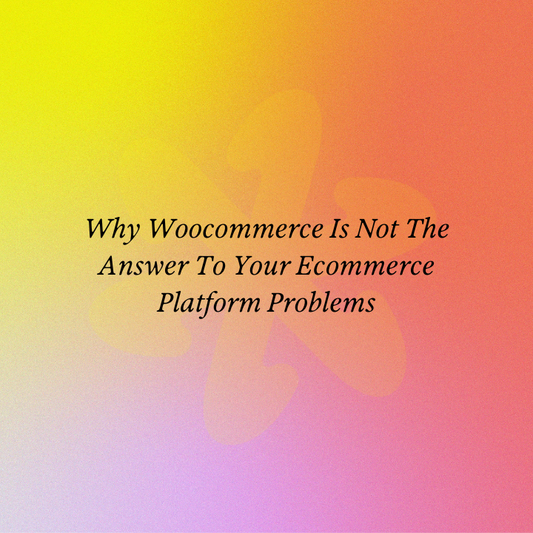Magento is frequently praised for its flexibility, which many consider to be a significant advantage. Indeed, the platform provides a wide range of customization options, allowing users to tailor their online stores to their exact specifications.
However, this flexibility comes with its own set of considerations and costs.
Expounding Flexibility:
Comparing Magento to other platforms like Shopify underscores the extent of its flexibility. Enabling a feature on Magento involves more intricate processes compared to the streamlined approach of Shopify.
While Magento allows for extensive customization, each addition or modification demands careful consideration, both in terms of development and ongoing maintenance.
Cost Considerations:
The allure of flexibility must be weighed against the financial implications. Developing and maintaining a Magento store typically requires a higher investment compared to platforms like Shopify.
This is primarily due to the complexity involved in implementing and managing customizations.
Simplicity as a Guiding Principle:
In navigating the choice between Magento and alternatives like Shopify, simplicity emerges as a guiding principle. Embracing the simplest solution by default minimizes unnecessary complications.
Rather than anticipating flexibility for hypothetical future needs, prioritizing simplicity acknowledges the pragmatic reality of the present.
The Evolution of Shopify:
The rapid evolution of Shopify strengthens the case for simplicity. With a constant stream of new features and functionalities, Shopify caters to a broad spectrum of e-commerce requirements.
This continuous innovation diminishes the justification for using a more complex platform like Magento, particularly for mid-sized brands.
Tailoring Solutions to Specific Needs:
For brands operating within the 20 to 200 million sales bracket, the necessity for extensive customization diminishes over time. As Shopify expands its tool set and capabilities, the need for costly custom development on Magento becomes increasingly redundant.
Instead, leveraging the out-of-the-box functionalities of Shopify aligns more closely with the evolving needs of modern e-commerce.
Conclusion:
While Magento's flexibility remains a compelling feature, it's essential to approach it with caution.
Balancing the benefits of customization with the associated costs is extremely important. Embracing simplicity as a default stance can help streamline decision-making and ensure optimal alignment with the evolving landscape of e-commerce.


